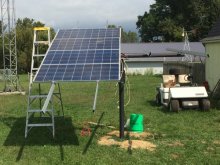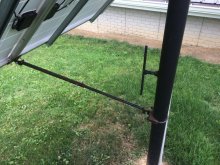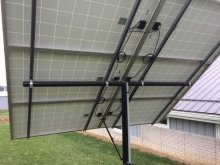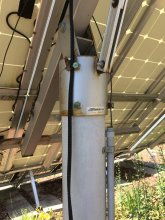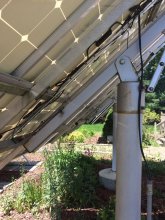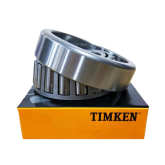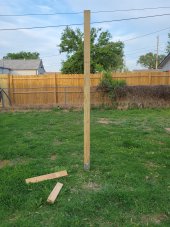Hedges
I See Electromagnetic Fields!
- Joined
- Mar 28, 2020
- Messages
- 20,588
You got more East-West angle of motion by elevating the pillow block with clearance in between.
But there is still torsional load being carried by that pillow block.
I suggest moving the up/down (summer/winter) actuator onto the post.
Considering that a ball joint end on an actuator will be simpler than a gimbal but has limited motion in one axis, might work better to use the post-top pillow block for summer/winter tilt. Then the ball joint on end of relocated actuator only needs +/-23 degrees motion in one axis.
But there is still torsional load being carried by that pillow block.
I suggest moving the up/down (summer/winter) actuator onto the post.
Considering that a ball joint end on an actuator will be simpler than a gimbal but has limited motion in one axis, might work better to use the post-top pillow block for summer/winter tilt. Then the ball joint on end of relocated actuator only needs +/-23 degrees motion in one axis.



